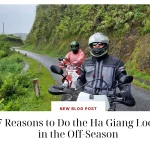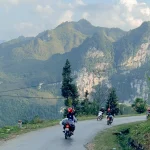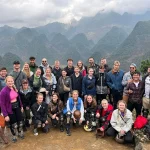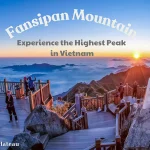Motorbiking in Vietnam offers an exhilarating way to explore the country’s stunning landscapes, from the bustling streets of Ho Chi Minh City to the serene countryside of Ha Giang. However, navigating Vietnam’s roads can be challenging due to unique traffic conditions and local driving habits. To ensure a safe and enjoyable trip, in this article Karst Plateau will share with you some essential safety tips and best practices when riding a motorbike in Vietnam.
1. Why Vietnam is the Ideal Long-Distance Motorbike Trip
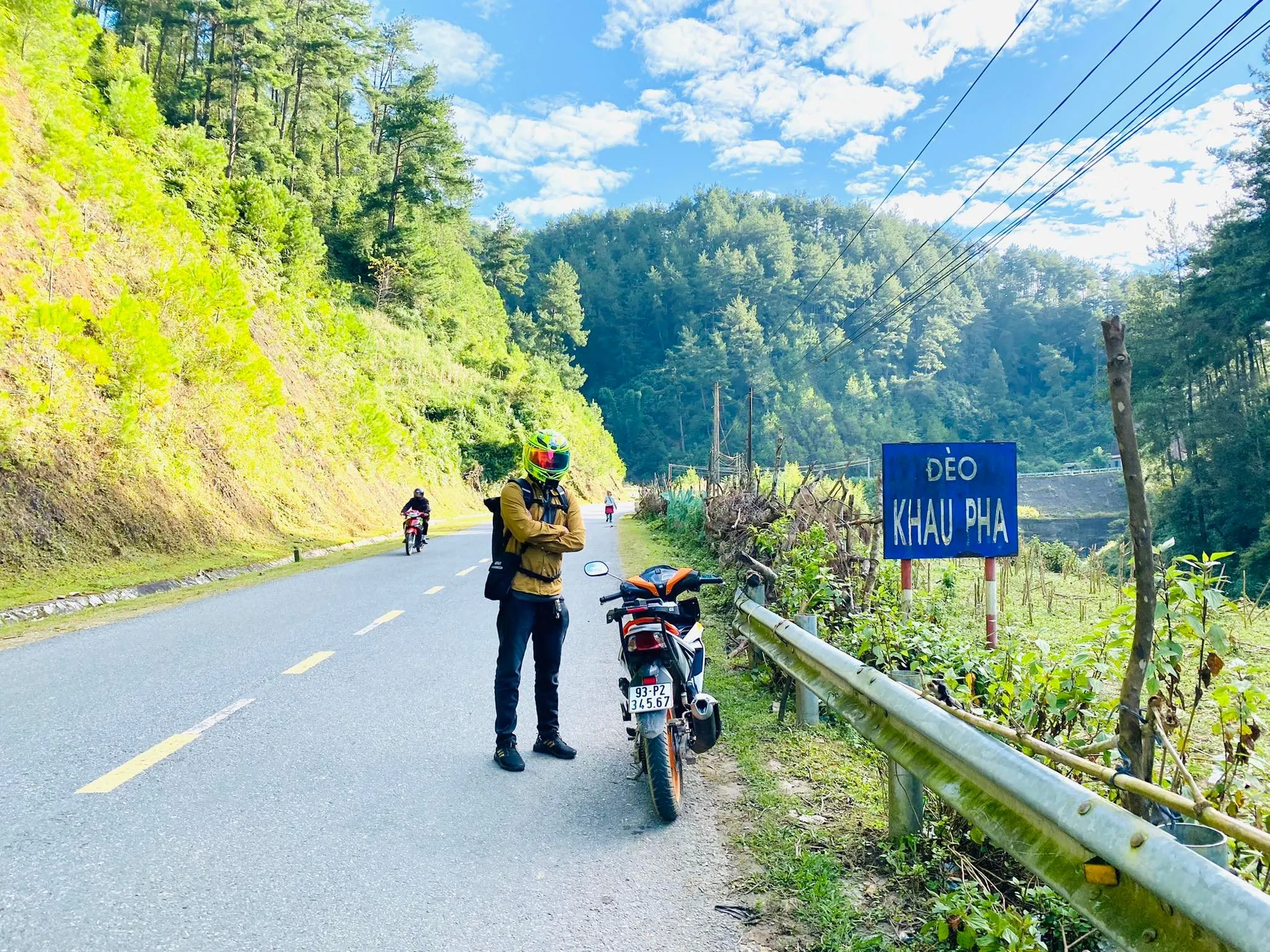
Vietnam, with its diverse landscapes, rich culture, and is the perfect destination for long-distance motorbike trips
1.1 Diverse Landscapes
Vietnam’s diverse landscapes provide a breathtaking backdrop for motorbiking. From the dramatic mountain passes in the north to the serene rural roads in the central region, and the picturesque coastal routes in the south, each area offers unique vistas and riding experiences.
1.2 Rich Cultural Experiences
The journey of motorbiking in Vietnam also immerses you in its rich cultural tapestry. As you ride from region to region, you’ll encounter various ethnic groups, historic sites, and vibrant cities, each contributing to the country’s rich heritage.
1.3 Affordable and Accessible
Traveling by motorbiking in Vietnam is cost-effective. The low cost of fuel, affordable accommodation options, and reasonable motorbike rental prices make it a budget-friendly choice. The availability of various rental options ensures that you can find a bike suited to your needs and budget.
1.4 Freedom and Flexibility
Motorbiking in Vietnam offers the freedom to explore at your own pace. You can create a flexible itinerary, take detours to explore scenic spots and immerse yourself in local life without the constraints of scheduled tours.
2. Understand Local Traffic Laws
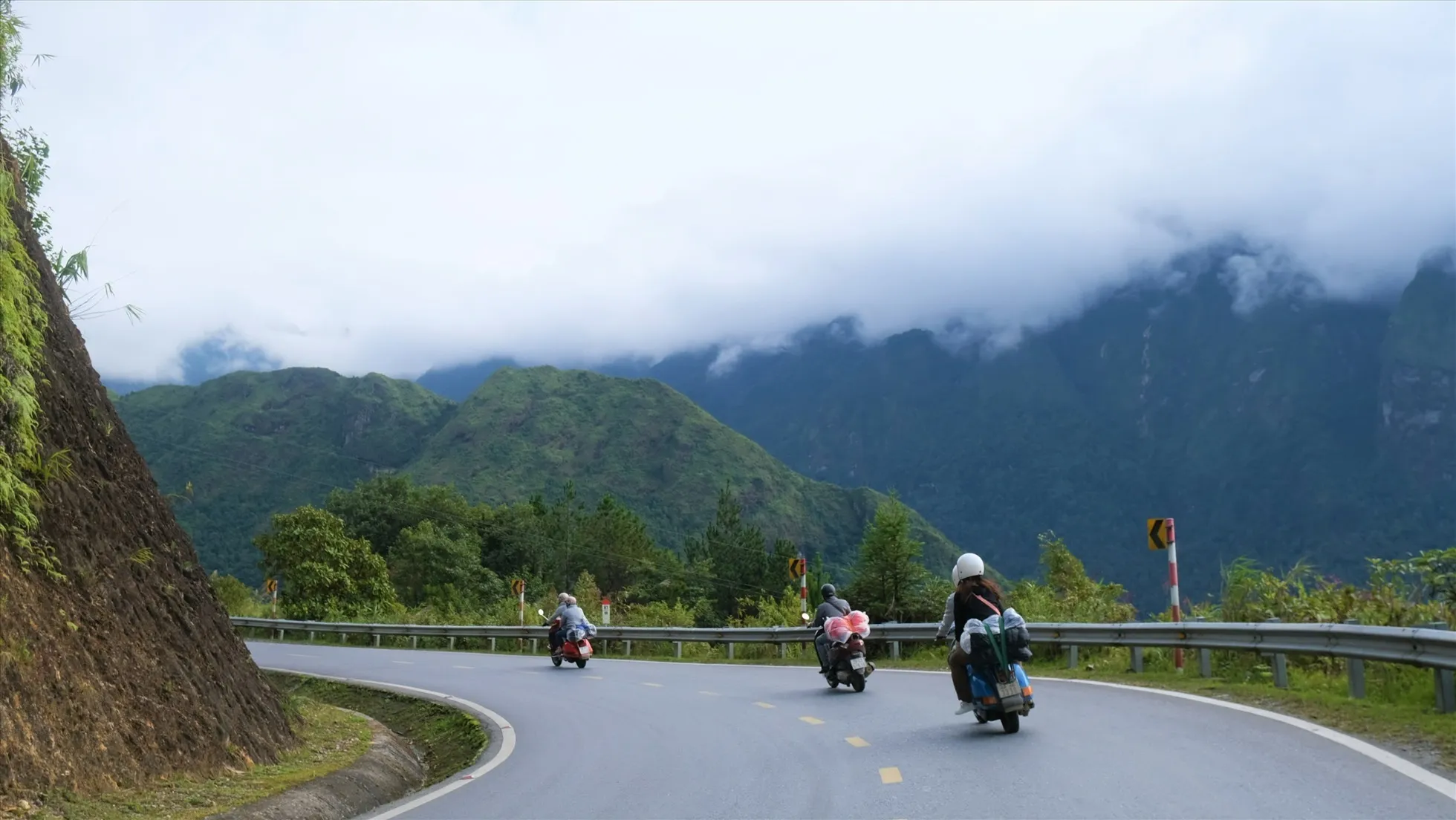
When planning a long-distance motorbiking in Vietnam, it’s crucial to understand the local traffic laws to ensure a safe and enjoyable journey
Vietnamese traffic can be chaotic and unpredictable—you’ve seen those crossing the street TikTok videos from Hanoi right?! Understanding the basic traffic rules and common practices can help you navigate more safely:
-
Speed Limits: Vietnam’s speed limits range from 40 km/h to 80 km/h, but your travel times will likely be longer than what Google Maps estimates. Make sure to go slow though as speeding fines are a major inconvenience.
-
Stay on the Right: Traffic moves on the right side of the road in Vietnam.
-
Yield to Larger Vehicles: Trucks and buses often have the right of way.
-
Use Your Horn: It’s common practice to use your horn to signal your presence to other drivers.
3. Choose the Right Motorbike
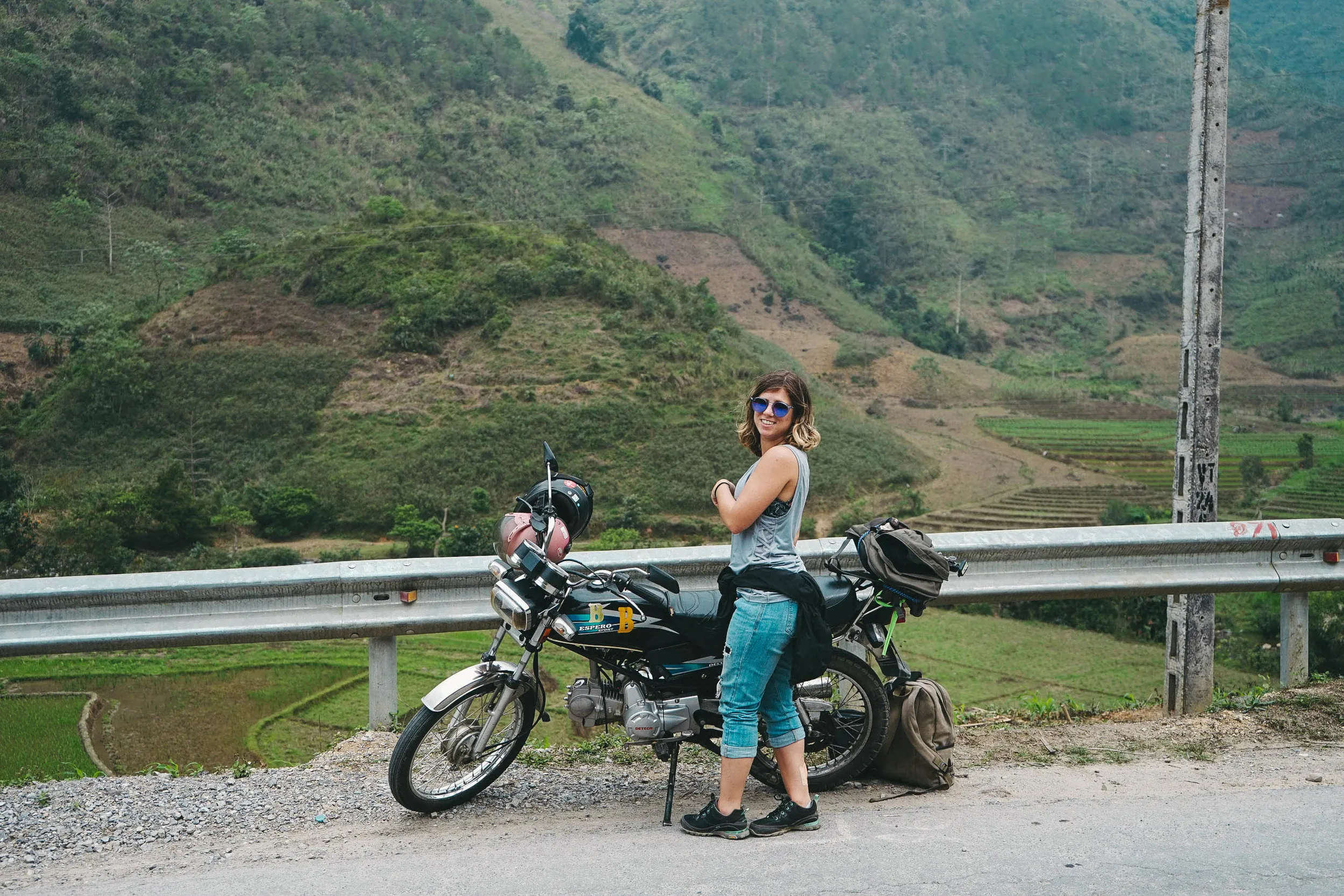
choosing the right motorbike when motorbiking in Vietnam enhances not only the thrill of riding but also your overall safety
Selecting the perfect motorbike for your journey of motorbiking in Vietnam is akin to choosing the right partner for an adventure; it must match your style, suitability, and level of comfort. There is an array of motorbikes available, from powerful cruisers to agile scooters, suitable for urban riding and rugged off-road trails.
Scooters: These are the most popular choice, especially in cities. They are lightweight, easy to maneuver, and come with automatic transmissions, ideal for beginners.
Manual Bikes: For those seeking a bit more adrenaline, manual transmission bikes are perfect. They offer enhanced control, especially on winding mountainous roads.
Semi-Automatic Bikes: These bikes offer a balance combining manual and automatic elements, making them suitable for both new and experienced riders.
Comparison Table of Motorbike Types:
| Type | Ease of Use | Best For | Note |
|---|---|---|---|
| Scooters | High | City riding | Lightweight and fuel-efficient |
| Manual Bikes | Medium | Mountain trails | Better control but requires skill |
| Semi-Automatic Bikes | Medium | All-around use | Combines features of both types |
Ultimately, choosing the right motorbike when motorbiking in Vietnam enhances not only the thrill of riding but also your overall safety. Don’t hesitate to consult rental shops for recommendations that fit your itinerary and skill level after all, a well-suited motorbike is the key to unlocking the beauty of Vietnam’s landscapes.
4. Wear Appropriate Gear

Equipping yourself with the right safety gear is non-negotiable when you are motorbiking in Vietnam. Think of it as donning your armor before heading into battle. While the idea of the open road can be enticing, unexpected incidents can occur, making protective gear crucial.
- Helmet: Wearing a high-quality helmet is both a legal requirement and a critical safety measure. Under Vietnamese law, helmets must meet safety standards. An improperly fitting or low-quality helmet can compromise your safety.
- Clothing: Opt for durable clothing like thick jackets and pants that can safeguard you from both weather elements and abrasions in the event of a fall. Brands such as Dainese provide specialized motorcycle gear designed for safety and comfort.
- Gloves and Footwear: Secure, high-visibility gloves are essential for a solid grip on the handlebars, while sturdy shoes are necessary. Avoid open-toed shoes as they offer little protection.
- Eye Protection: Goggles or sunglasses can shield your eyes from dust, wind, and debris, ensuring you have a clear line of sight as you navigate through Vietnam’s busy streets.
By equipping yourself with appropriate gear, you not only adhere to local laws but also significantly reduce the risk of severe injury, reinforcing the mantra that safety should always come first in your motorbiking adventures.
5. Plan Your Route and Know Your Limits
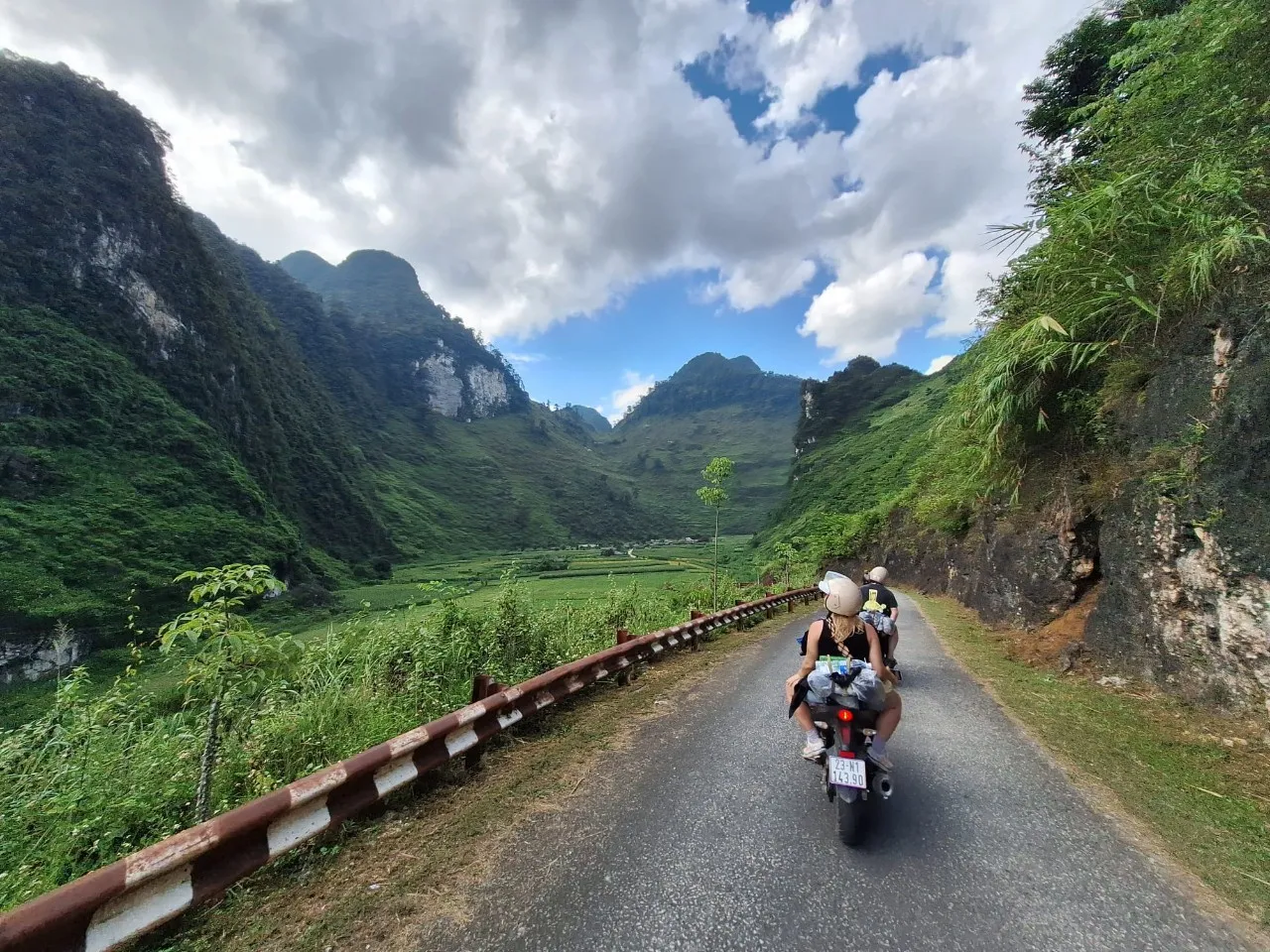
Preparing adequately for your road trip is fundamental to enjoying your motorbiking experience in Vietna
- Route Mapping: Use apps like Google Maps to identify key destinations, scenic views, and cultural sites along your path. However, remember that travel time may be underrepresented; always give yourself extra time for stops and unforeseen challenges.
- Avoid Riding in Rush Hour: Major cities like Ho Chi Minh and Hanoi can become gridlocked, especially during peak hours. Plan your riding hours to avoid heavy traffic, enhancing both safety and your enjoyment.
- Know Your Limits: Assess your riding capabilities and only venture on routes you feel comfortable navigating. Vietnam’s mountainous terrains might entice you, but if you’re an inexperienced rider, start off with flatter areas before taking on challenging routes.
- Flexible Itinerary: Even with the best-planned routes, readiness for changes is essential. Bad weather, mechanical issues, or simply the allure of an unexpected detour can prompt changes in your plans embrace these moments as part of the adventure.
- Avoid Highways: As a motorbike rider, it’s imperative to stick to smaller, permitted roads. The thrill of open roads is best enjoyed in low-traffic zones that allow for exploration and connection with the local culture.
A planned approach combined with flexibility will not only enhance your safe travel experience but will transform the journey into an opportunity for extraordinary discovery.
6. Check Weather Conditions
The weather in Vietnam can shift rapidly, making it imperative for riders to keep abreast of current conditions when motorbiking in Vietnam. Before embarking on each leg of your journey, a quick weather check can provide insights into what to expect on the road.
- Rainy Season Awareness: Spanning from May through October, the rainy season can pose significant challenges, including slippery roads, reduced visibility, and flash floods. Plan your travel itinerary accordingly try to avoid heavy rain periods if possible.
- Temperature Variations: Variations in temperature and climate can be marked in different regions. Northern Vietnam experiences cooler temperatures, especially in mountainous areas, while southern regions are typically warmer and humid.
- Proper Gear Preparation: Ensure you wear appropriate gear tailored to the weather. Rain gear, waterproof bags for valuables, and thermal layers for cooler regions can enhance comfort while riding.
- Caution on Slippery Roads: If rain occurs, maintain a cautious speed, increasing your stopping distance to avoid skidding. Riders should also watch for standing water or puddles on the road which can hide potholes or debris.
- Real-time Weather Apps: Utilize local weather apps to receive updates on sports conditions directly related to your route. Apps like Windy or Weather Underground offer detailed forecasts that can assist in planning your rides effectively.
By remaining aware of weather conditions and adapting accordingly, motorbiking in Vietnam can be not only safe but a delightful experience regardless of nature’s unpredictability.
7. Carry Essential Items
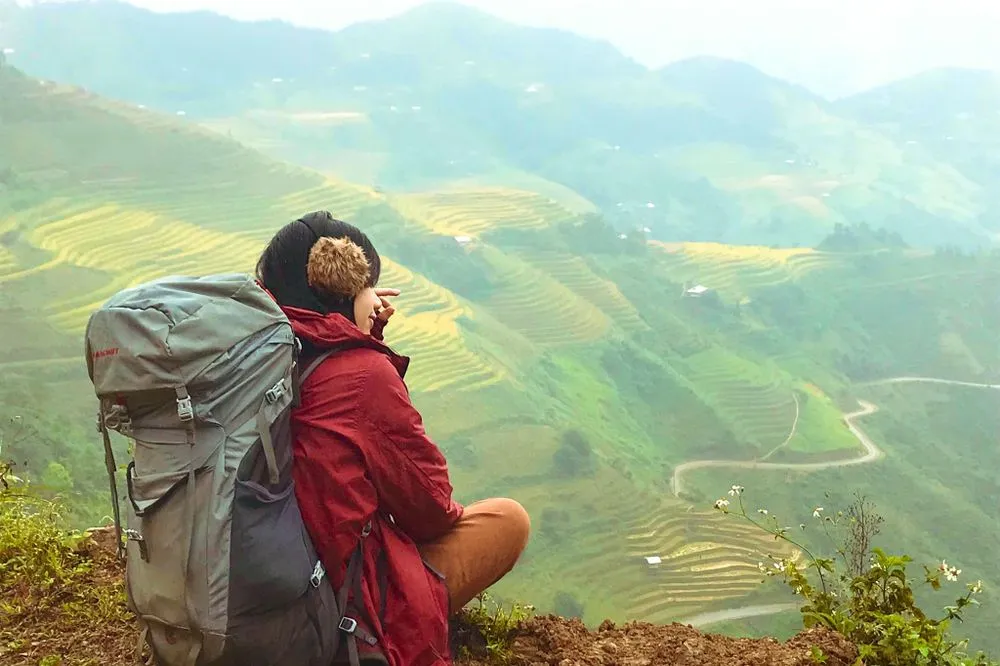
By packing these essential items, you’ll be better equipped to face the unexpected
Being prepared is half the battle when motorbiking in Vietnam. Just as a scout is always ready, you too must carry essential items that can ensure your safety and comfort throughout your journey.
- First Aid Kit: A must-have while on the road, a well-equipped first aid kit provides immediate assistance in case of minor injuries. Include items like band-aids, antiseptic wipes, pain relievers, and any personal medications.
- Toolkit for Repairs: Carry a basic toolkit with essential items like a wrench, screwdrivers, and tire levers for small repairs or adjustments.
- Spare Tire Tube and Pump: Flat tires are one of the more common inconveniences encountered while riding. Having a spare tube and portable pump can save you time and trouble on the road.
- Communication Devices: Make sure you have a local SIM card or a working mobile phone. Being able to communicate in emergencies or seek directions can be vital in navigating unfamiliar areas.
- Snacks and Water: Long rides can exhaust you; carry water and snacks for hydration and energy during the journey. Dehydration can reduce alertness, so stay hydrated throughout the trip.
By packing these essential items, you’ll be better equipped to face the unexpected, while allowing yourself the freedom to enjoy the myriad experiences that Vietnam has to offer.
8. Getting a Driving License for Your Vietnam Motorcycle Trip
8.1 Preparing for Your Trip
Securing the right documentation for a motorcycle trip in any country can seem daunting, but obtaining a driving license in Vietnam is relatively straightforward with a bit of preparation.
8.2 The Reality of Riding Without a License
Many tourists hire motorcycles without a proper license or permit, which can lead to significant problems. Police officers in tourist areas frequently stop riders, and being caught without a license can result in hefty fines or even seized passports and demands for bribes.
Additionally, without a license, it’s almost impossible to get insurance for your motorbike, leaving you vulnerable to expensive medical bills in the event of an accident.
8.3 Why It’s Important to Have a License
Having a valid driving license will save you from these potential headaches and ensure you’re covered by insurance.
The simplest way to get the necessary documentation is to apply for an International Driving Permit (IDP) in your home country before traveling to Vietnam. Once you arrive, you can convert your IDP into a Vietnamese driving license.
9. Suggested Motorbike Routes in Vietnam
9.1. The Ha Giang Loop
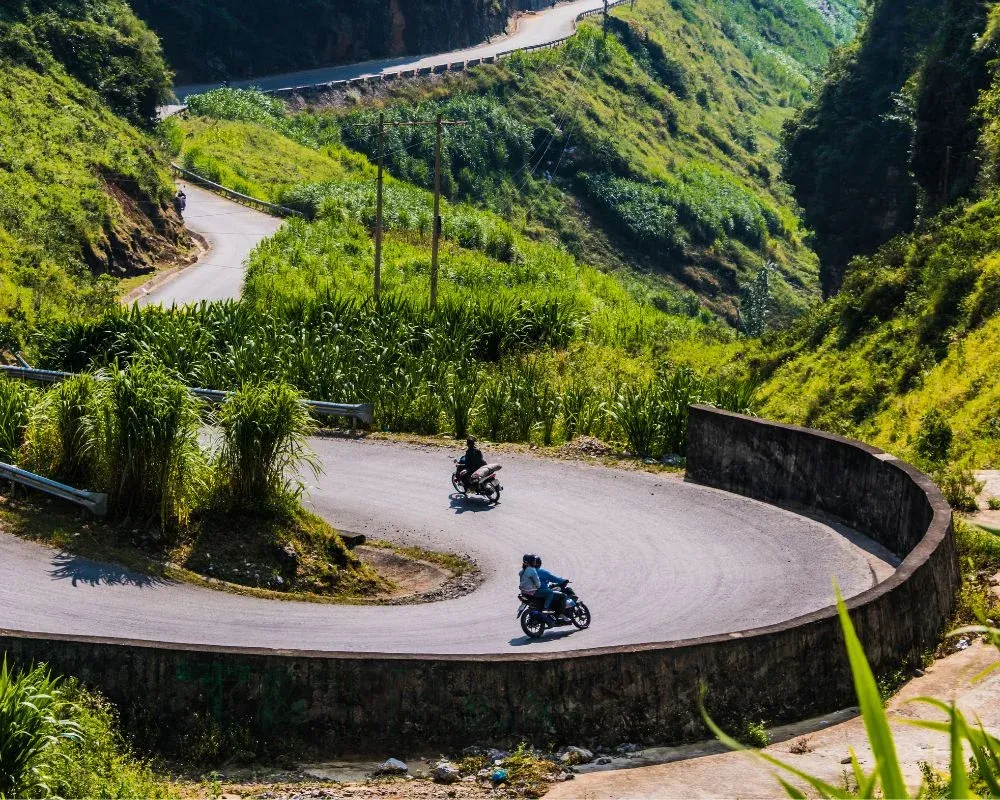
The Ha Giang Loop is one of Vietnam’s most iconic motorbike routes
Highlights:
- Scenery: Rugged mountains, deep valleys, and ethnic minority villages.
- Key Stops: Ha Giang City, Dong Van, Meo Vac, and Yen Minh.
- Distance: Approximately 300 kilometers.
- Duration: 3-5 days.
Description:
The Ha Giang Loop is one of Vietnam’s most iconic motorbike routes. This northern journey takes you through dramatic mountain landscapes and remote ethnic villages. The loop starts and ends in Ha Giang City, with key stops in Dong Van, Meo Vac, and Yen Minh. Highlights include the Dong Van Karst Plateau Geopark, Ma Pi Leng Pass, and Lung Cu Flagpole. The challenging roads and breathtaking views make it a must-do for any motorbike enthusiast.
9.2 Hanoi to Sapa
Highlights:
- Scenery: Terraced rice fields, rolling hills, and ethnic minority cultures.
- Key Stops: Hanoi, Mai Chau, Moc Chau, and Sapa.
- Distance: Approximately 400 kilometers.
- Duration: 3-4 days.
Description:
9.3 The Ho Chi Minh Road
Highlights:
- Scenery: Dense jungles, historic sites, and serene rivers.
- Key Stops: Phong Nha, Khe Sanh, Hue, and Hoi An.
- Distance: Approximately 1,200 kilometers.
- Duration: 10-14 days.
Description:
The Ho Chi Minh Road, running parallel to the Ho Chi Minh Trail, offers a deep dive into Vietnam’s history and natural beauty. Starting from Hanoi, this route passes through Phong Nha with its famous caves, the war relics of Khe Sanh, the imperial city of Hue, and the ancient town of Hoi An. This route is a blend of adventure and cultural exploration, suitable for those with a passion for history and nature.
9.4 The Central Highlands
Highlights:
- Scenery: Coffee plantations, waterfalls, and traditional villages.
- Key Stops: Da Lat, Buon Ma Thuot, Pleiku, and Kon Tum.
- Distance: Approximately 800 kilometers.
- Duration: 7-10 days.
Description:
Motorbiking in Vietnam is a thrilling way to experience the country’s diverse landscapes and vibrant culture. By following these essential safety tips and best practices, you can enhance your safety and enjoy a memorable journey. Always stay alert, respect local customs, and prioritize your safety to make the most of your motorbiking adventure in Vietnam.
For more information on motorbiking safety and travel tips, visit Karst Plateau website or contact us directly. Safe travels!
